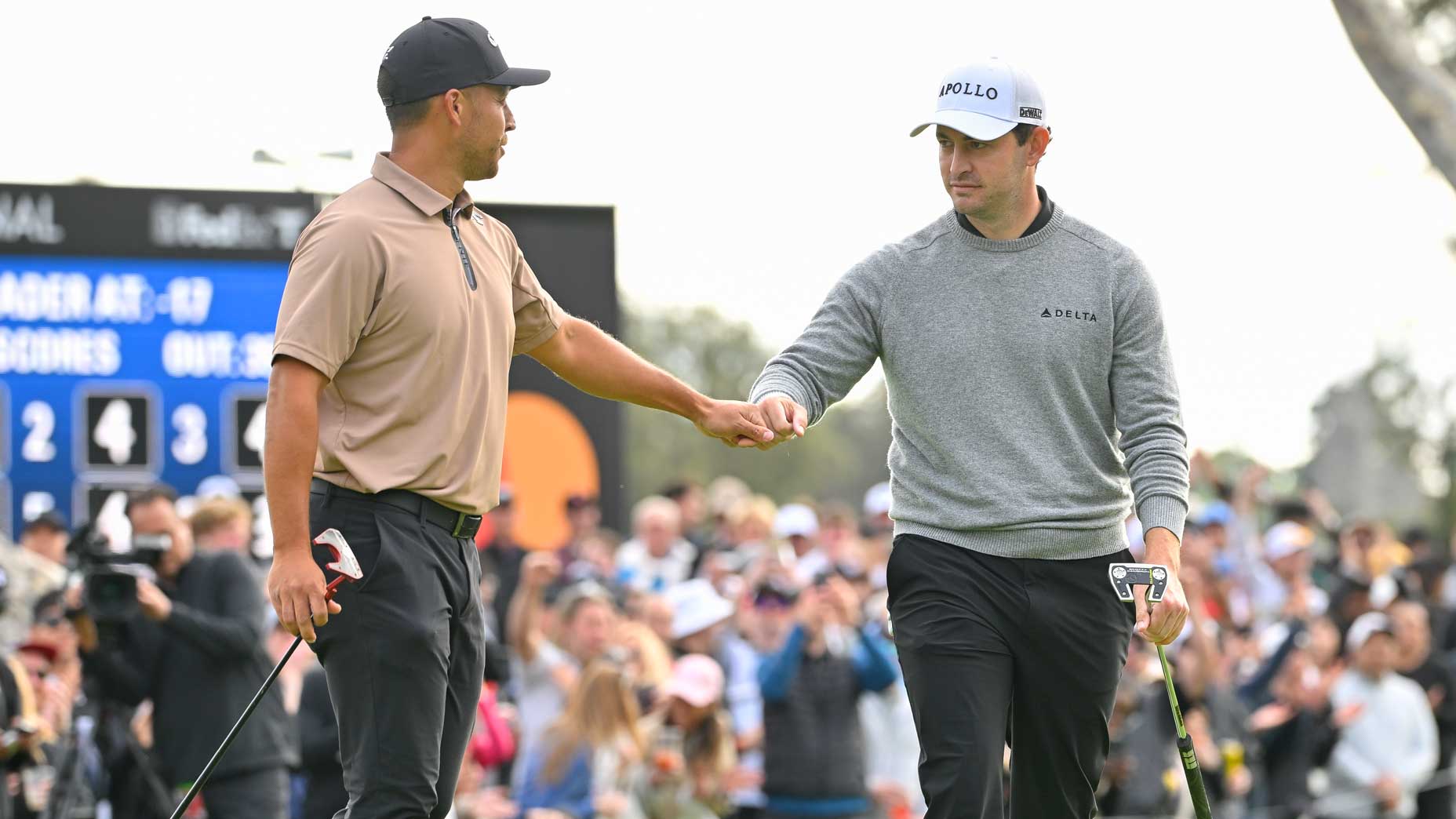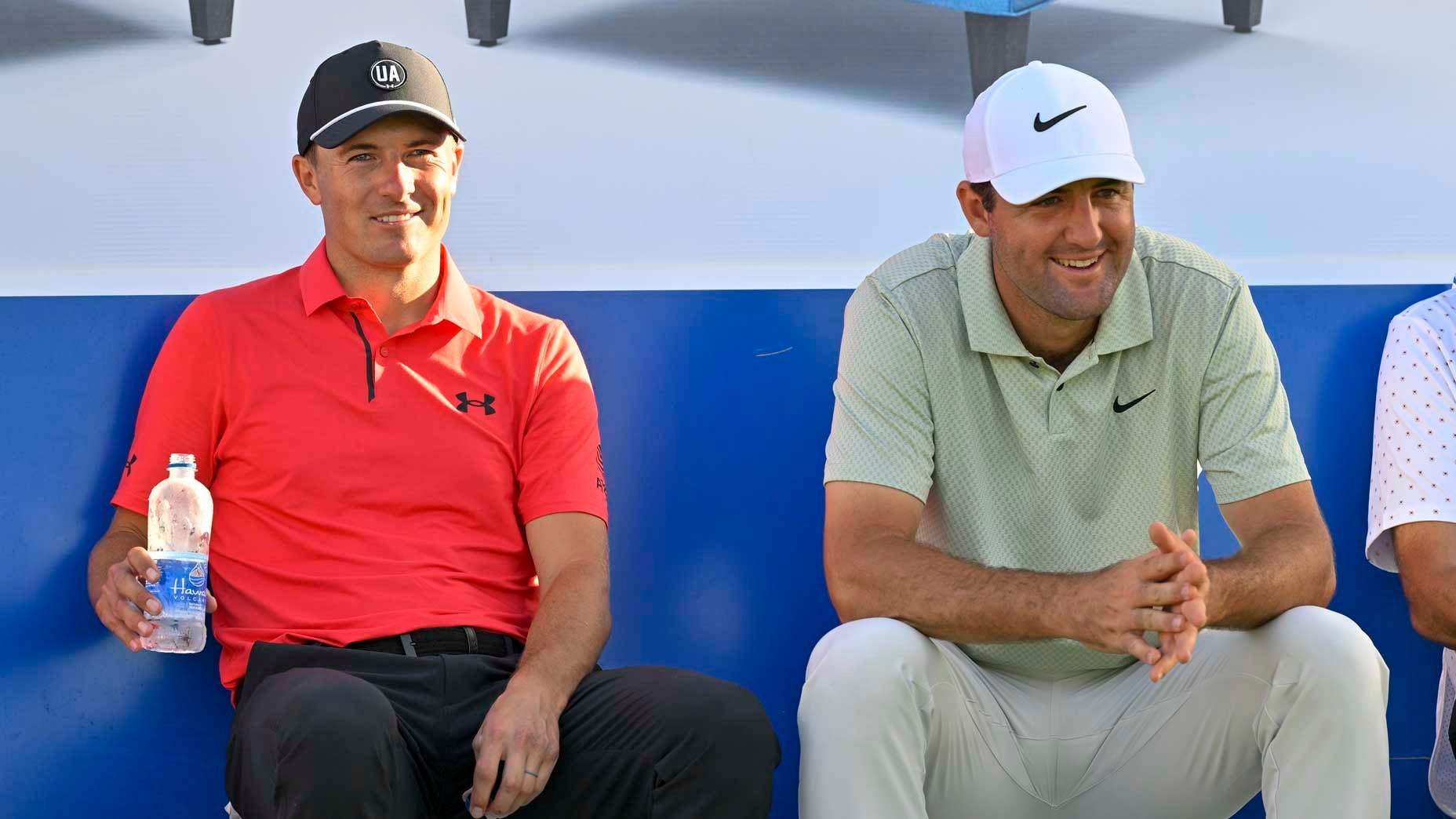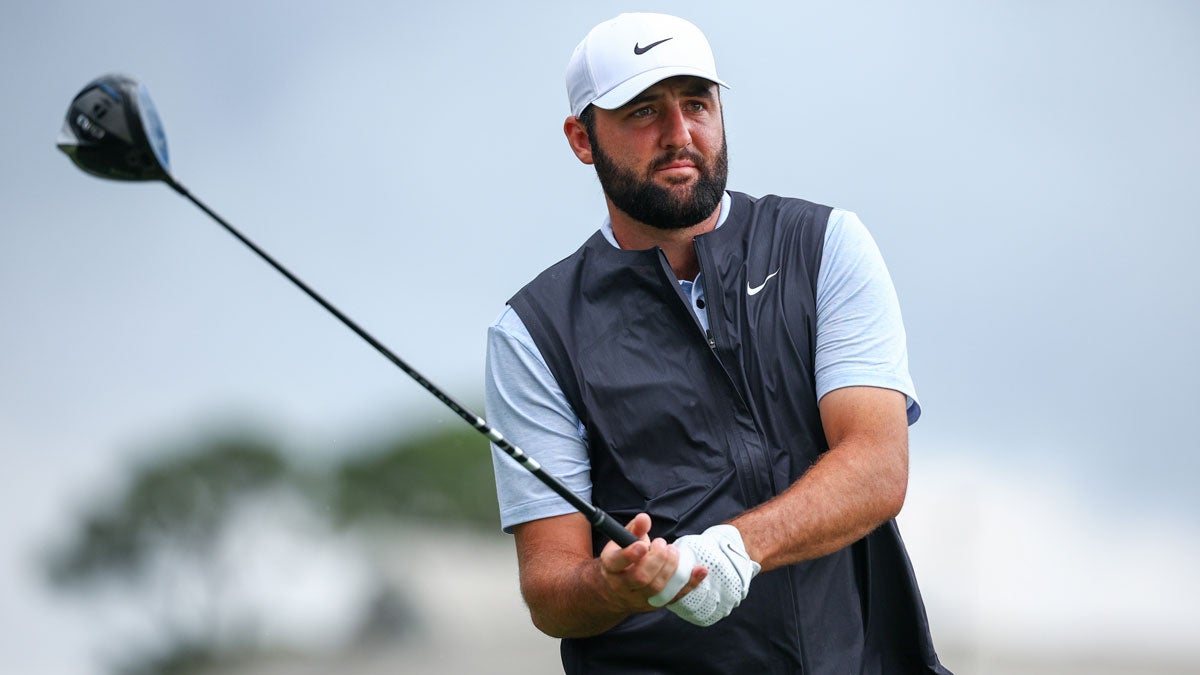5 ways the PGA Tour just got better (and 3 ways it got worse!)

The PGA Tour is changing dramatically in 2024.
Getty Images
Change is scary. It’s usually uncomfortable. Sometimes it’s very, very bad. And sometimes it just seems that way at first.
Maybe that helps explain the public’s initial reaction — which has felt mixed, at best — to the PGA Tour’s announced changes for the 2024 season. The Designated Events are now capitalized. They’re even more Designated! They have fewer players. And several events that currently have cuts will eliminate them going forward.
How should you feel about this? That’s up to you, as always. But I have read your concerns. I think they have some merit, too! But I also think most of the big-picture negativity misses the mark. The good outweighs the bad here, by quite a bit. Let’s go through it, leading with the bad news (three things that just became worse on the PGA Tour) before getting to the good (five things that just got better).
You can read more about the changes here.
WHAT’S WORSE?
1. We’ll miss the cuts.
The elimination of cuts is the biggest objection I’ve seen, and I understand why: Cuts make a lot of sense! They’re a part of professional golf’s identity. Plus, the worst part of World Golf Championship events was always watching players who were well out of contention slap it around on the weekend. Their meaningless presence seemed to take some juice out of the entire thing. Cuts add urgency to Thursday and Friday and they effectively trim the field to those who still have a chance at contending.
Tour pros keep using an analogy about turning on a Bucs game and expecting to see Tom Brady. That makes sense; fans should know when the top pros are playing and these structural changes have done other stuff to address that. But when the Bucs get knocked out of the playoffs they don’t keep scheduling games. And if Rafa Nadal loses in the quarterfinals of the Australian Open he doesn’t keep playing meaningless matches. Tournament organizers would prefer he was still in the tournament, sure, for TV viewers and fans and sponsors. But that’s sports! Carrying dead weight at the back of the field waters down the competitive product.
Plus, is the change really worth it? Most of the time the must-see players make the weekend, anyway. Jon Rahm, Scottie Scheffler and Rory McIlroy have missed just five cuts combined since the beginning of 2022. Changing the product to guarantee their appearance on the weekend feels like a decision made to appease sponsors rather than improve the competitive product. I don’t think it makes a massive difference — we’re only talking about a handful of additional no-cut events per year here — but given these are the Tour’s flagship events, I still think it’s a miss.
2. It looks like a LIV response
There’s no doubt in my mind that the PGA Tour’s product has improved as a result of LIV’s entrance into the marketplace. To quote Patrick Cantlay: “If a product or company doesn’t have competition, the incentive to innovate is low.” Well, the PGA Tour has found its competition. And they’ve accelerated innovation as a result.
This particular innovation should have come on the PGA Tour’s terms. But because it comes in the wake of LIV introducing a tour built on limited-field, no-cut events, it’s easy for the Tour’s detractors to claim this as some sort of gotcha moment. Lee Westwood, Ian Poulter and even LIV’s official Twitter account came sniping on Wednesday.
Are their gripes legitimate? Not particularly! This new slate of events is radically different from LIV’s product. The Designated Events will have dynamic fields with players that have played their way there. The events sit atop a massive meritocracy that begins at Q-School and stretches through the Korn Ferry Tour into membership on the PGA Tour where, if you play well, you’ll get into the top events. It’s one long line of play better. That’s actually a big-time advantage of this structure (more on that in a moment) over LIV’s closed-loop setup, but because of the Tour’s timing, it feels like the opposite.
3. Less-competitive weekends
Fewer players in the field means it’s more likely we’ll have blowouts or runaway victories. How much more likely? It’s not a massive amount; the 40-50 players that would be added to the bottom of a field would theoretically be the players least likely to contend or win. But golf fans relish exciting Sundays, and they relish Cinderella stories. We’ll still get both, but they’ll come in a slightly different package.
WHAT’S BETTER?
1. The whole system makes more sense now
For the longest time, the PGA Tour was an incoherent mishmash of tournaments that ran year-round and worldwide and were all sort of equally important. It was tough to determine who would play where and how much any of it mattered.
But now? It actually makes sense! There are full-field events. The best players from those play in the Designated Events. They reap the rewards of their success. The season now has a beginning, middle and end. And at that end, the points reset and the list of best players does, too.
2. The Tour found a way for big and small events to coexist
For years I’ve been banging the drum that the PGA Tour needs to have fewer events … or at least fewer “important” events. Not every tournament can be above average. But every tournament is important, on some level — to players and communities and charities and much more. The Tour didn’t want to ditch its lesser events altogether.
Today, it feels like we’ve found a happy compromise. Even though last week’s Honda Classic turned into a terrific finish, the field didn’t have anyone particularly excited going into the week. This system should protect against that by reducing field sizes, thus forcing players outside the top 50 (the Tour’s upper-middle class, say) to play the full-field events.
The Tour’s new scheduling will be crucial here, too. The goal is to put Designated Events back to back and not to jam a full-field event between two Designated Events. (We might need a shortened name for these things. Dezzies? Some kinks to still work out.) That means top pros who want to add in-between events can do so freely. The Honda’s Designated sandwich won’t happen.
3. We’ll see the top players together more often.
This is kind of the entire point — getting the best players to play against each other in the biggest events. It’s tough for casual fans to keep track of everyone on the PGA Tour, so presenting a top-tier product where those top pros play against each other more often is a win, without question. That was the point of the Designated Events when they were introduced last year and that remains the easiest argument in their favor.
4. The drama of qualifying will be incredible.
Context and stakes are both big-time winners here. Last week’s Honda Classic would’ve been even more fun knowing that winner Chris Kirk was playing his way into the biggest events (and paydays). And knowing that Eric Cole was battling for a berth in the next Designated Event would have added a layer of drama. There’s a dynamic element of promotion and relegation that seems promising for the entire system. It will keep these full-field events must-watch down the stretch on Sunday, tracking the battle while knowing the stakes.
5. The chase for Top 50 will get intense.
There was already plenty of drama at the Wyndham Championship, the final event of the PGA Tour’s regular season, as we waited to see who would crack the Top 125 and regain full Tour status for the following season. Now? Turn that dial up to 11. Players will be desperate to get into the top 70 in the FedEx Cup — the cutoff to make the playoffs — and the intensity will only ratchet up as pros vie for the top 50 spots at the FedEx St. Jude Championship. Memphis’ playoff event becomes a big-time winner here.
(Sidenote: As I understand it, FedEx Cup points will adjust next year to better represent strength of field in different events. But in the meantime, there will be some real opportunities for what I’ll call “FedEx Cup Bandits” to pillage weaker fields. It’s much easier to finish T20 at the Mexico Open than the elevated Wells Fargo Championship, for example, but you’ll get the same number of FedEx Cup points either way. Interesting incentives to follow!)
BAY HILL WINNERS
The column’s over — this is just the bonus section where I’m giving you picks for the week.
The stakes: $500,000 internet dollars per week.
The format: One winner, one “lock”
The reminder: I’m not good at this.
The Winner: Patrick Cantlay, +2500 odds ($100k to return $2.6m).
Lock of the Week: Corey Conners to finish top 20, +200 odds ($400k to return $1.2m)
Season total: +$220,000.
The author (cautiously) welcomes your feedback at dylan_dethier@golf.com.










